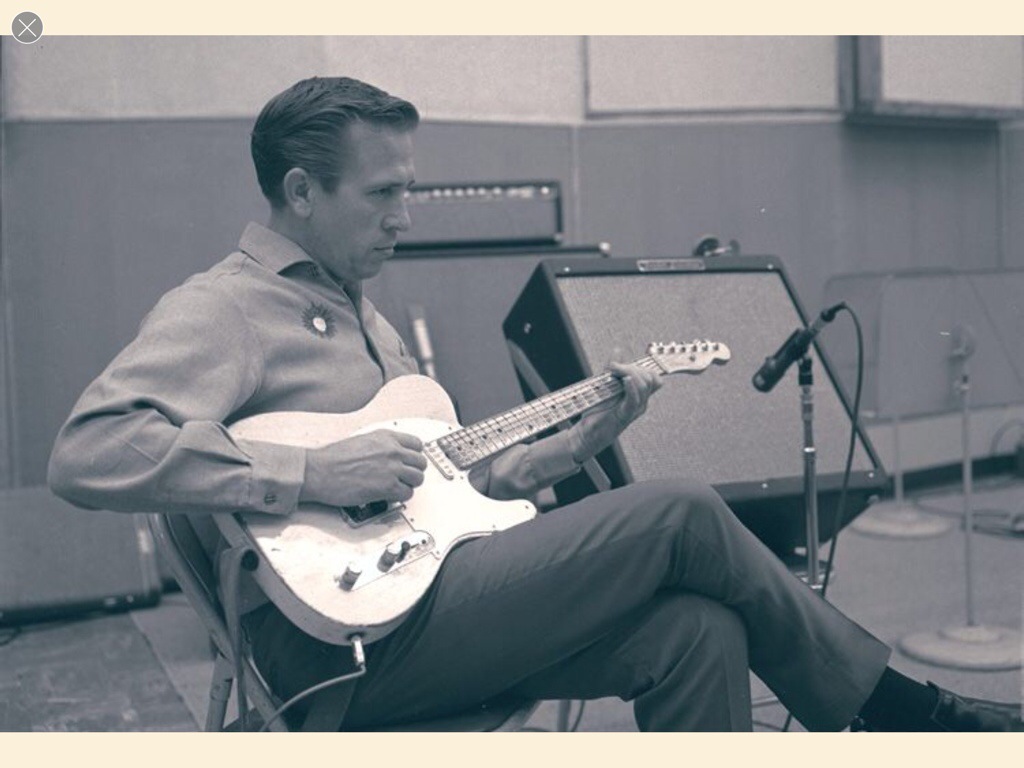
A small, aching moment caught between the final bow and the walk home — “Right After the Dance” is a quiet, wistful snapshot of love’s last fragile hour.
Right after the practical facts — Buck Owens first put this tune on wax during his formative years in the 1950s, and it appears among his early singles and later compilations rather than as one of the great Billboard-topping hits that would define his mid-1960s career. The song was issued in the mid-1950s on small independent labels during the period when Owens was still shaping the sound that would become the Bakersfield style; it was later collected on LPs and box sets that document his 1953–1964 recordings.
At the time of its first release, “Right After the Dance” was not a national chart hit — it’s one of those tender early tracks that circulated regionally and later found its place on compilations and on Owens’s 1960 album releases rather than climbing the Billboard country charts in the way his later singles would. This is an important distinction for older listeners who remember the way singles could live in jukeboxes and on the radio of a single region long before — or instead of — becoming nationally recognized.
The backstory is modest but telling. Buck Owens wrote prolifically in those years, experimenting with tempos and phrasing that married honky-tonk directness to a sharper, electric twang that later listeners would recognize as Bakersfield’s clear, unsentimental voice. “Right After the Dance” comes from that workshop period: a short, economical song, credited to Owens, that places its narrative in the small domestic spaces where lovers confront one another after the public pageantry of a dance. That juxtaposition — ballroom gaiety versus kitchen-light reality — is classic country storytelling, and Owens renders it with a simplicity that makes the moment feel both private and universal.
What the song means, at its core, is the tiny, decisive moment in which people measure the truth of a relationship. The dance is the last place you hide behind music and movement; right after the dance is when silence returns and choices are revealed. For listeners now in their later years, there is a particular sting: we know those late-night returns, the small rituals that used to carry the weight of a whole life. The song’s modest instrumentation and Owens’s plainspoken delivery refuse melodrama; instead, they invite the listener to sit close, to remember the smell of coat collars, the hush in parked cars, the way hand-holding can either change or confirm everything. That economy of feeling — spare words, precise images — is exactly what made Owens an artist older audiences could trust.
Musically, the song sits comfortably with the acoustic and early electric arrangements of the 1950s recordings collected in box sets and later reissues. It’s not an ornate production but a piece of workmanship: a melody that lingers, harmonies that support rather than overwhelm, and an arrangement that frames the lyrics as a quiet confession. Because it was not a blockbuster single, many fans today rediscover it on retrospective compilations — a soft gem found among the more obviously famous hits.
For the listener who grew up with Buck Owens on the radio, “Right After the Dance” has the power of a memory. It evokes the sober walk back to the car, the cigarette stubbed out in less decisive hands, the small, brave conversations that decide who we will be in the morning. The song’s modest legacy — preserved in Bear Family and Capitol collections and in later reissues — makes it a reward for those who remember the era when country music’s stories were told in short songs, one small truth at a time.
If you’re revisiting this track now, listen for the phrasing: Owens’s voice, straightforward and slightly roughened, carries a thousand unsaid lines between syllables. Let the sparseness of the arrangement cradle the lyric; in that quiet you’ll find the song’s insistence that the real reckoning always comes right after the dance.